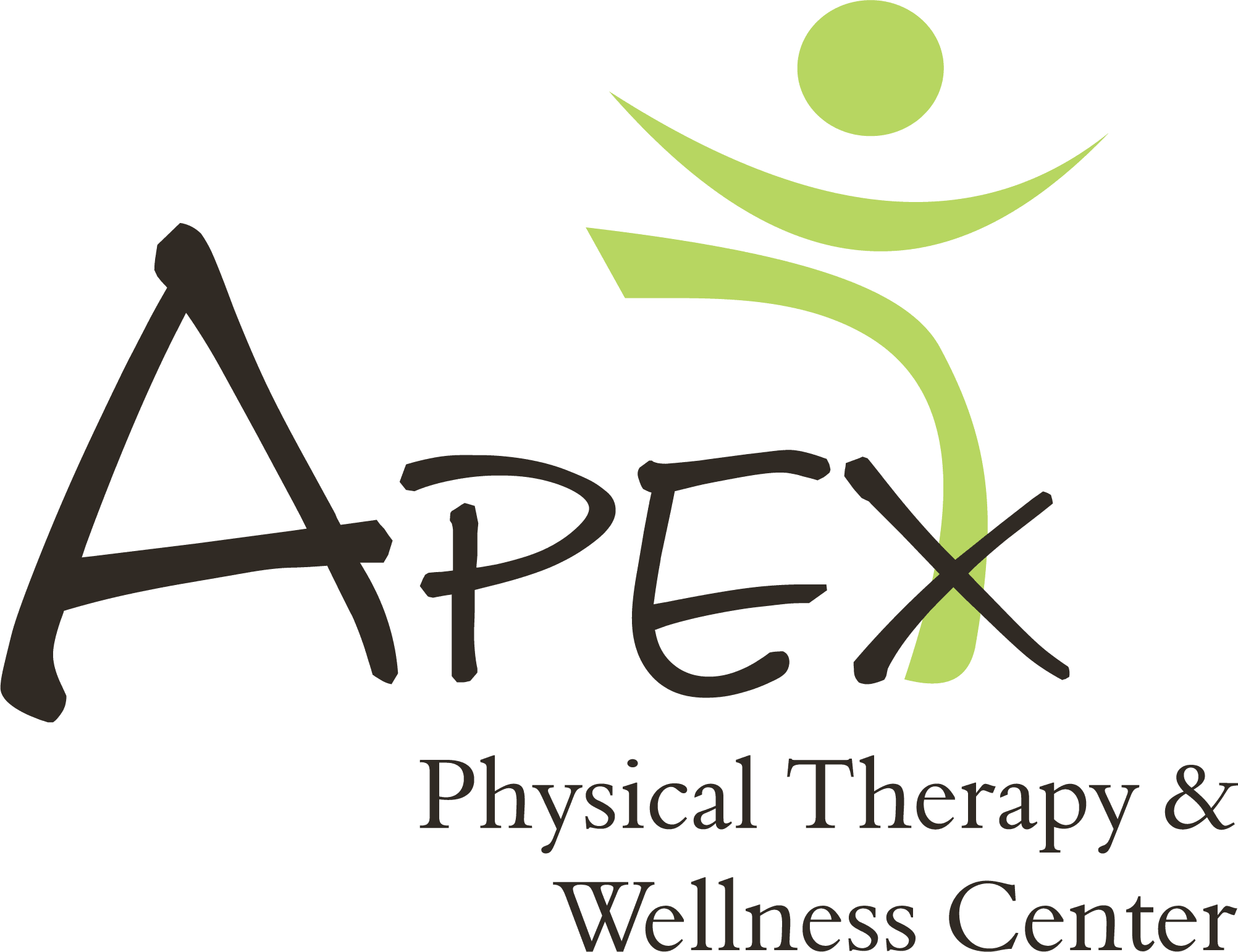LOW BACK PAIN IS ONE OF THE MOST COMMON ISSUES THAT I SEE AT APEX.
Most of us have experienced LBP at one time in our lives.
Our low back is an area that catches the force and strain from so many other areas of our body. Consider its position in our body. It is taking force from both our top half of our body and our lower half of our body. Also, consider that it is sandwiched between less flexible or mobile areas (our thoracic spine and our pelvis). Things usually break where there is the most bend and that is your low back.
So what are some areas that a person may not know that puts pressure on their low back?
HERE ARE 7 CAUSES OF LOW BACK PAIN I SEE IN THE CLINIC EVERYDAY.
Hamstring tightness and hip flexor tightness
This has muscle attachments on the pelvis and on the low back. Both put pulling and straining forces on the low back that makes sitting and standing with good posture more difficult and alter normal movements that in the end put more pressure on the back.
Poor breathing mechanics
Either belly breathing or upper chest breathing put increased pressure and movement demands on the lower lumbar. Appropriately using the core and diaphragm together is essential to allow for normal breathing, and removing the pressure off the lumbar spine.
Shoulder/chest tightness
Increased tightness in the shoulders and chest prevents normal movement of the arm, especially with overhead movements. The compensation for many is the low back to arch in order to reach overhead.
Arches of your feet
The foot is the first thing that hits the ground. If the arch is really high and does not have flexibility or is a flat arch, either are not absorbing shock. This force is then transferred up into the back.
Weakness
Weakness of the core, weakness of the gluts and hips, weakness of your shoulder/scapular muscles, weak in postural muscles, and weak in foot and balance muscles. All could affect your low back.
Neck tightness
If someone has tightness and pain in their neck they will compensate for movement in other places. This particular is common with turning like when driving.
